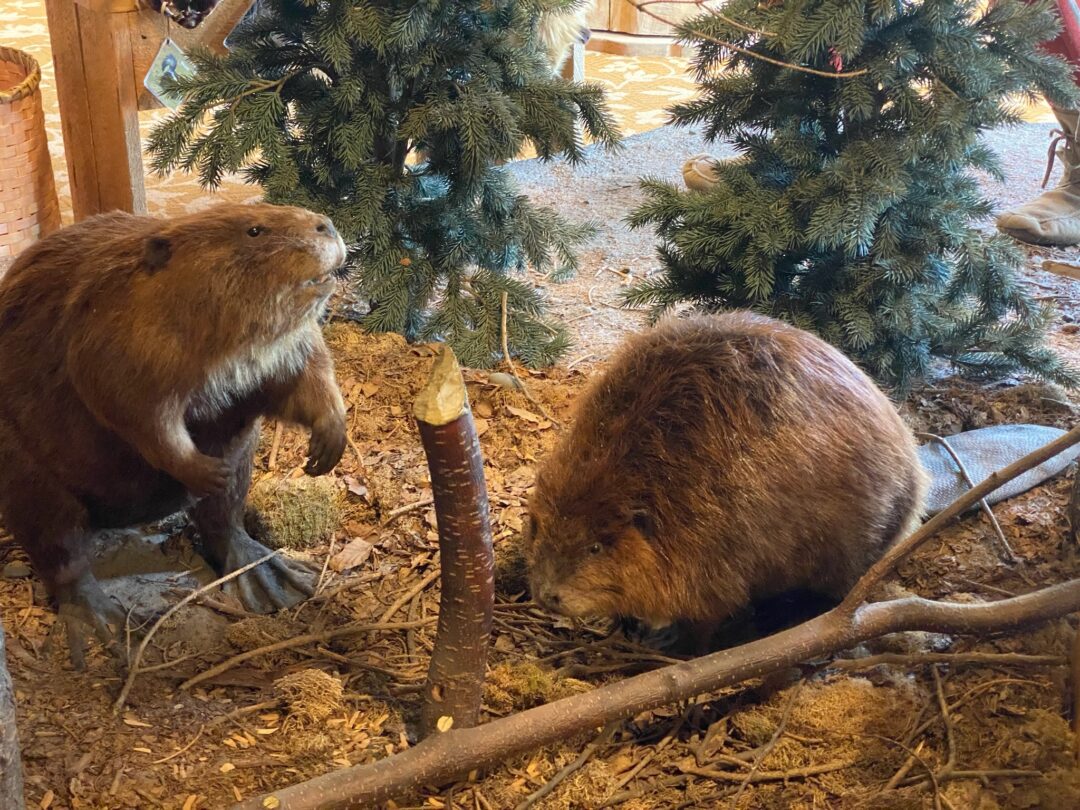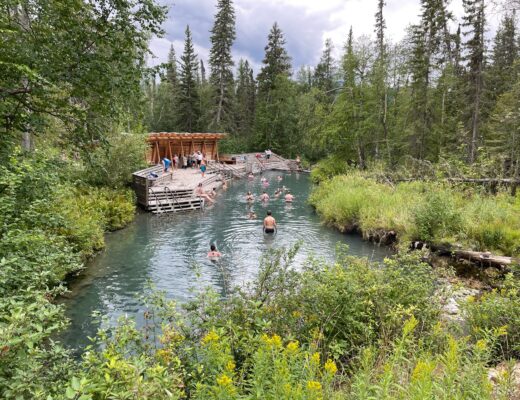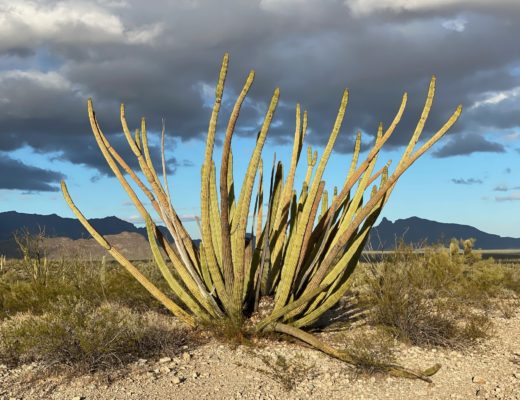The beaver is the mascot for Oregon State University, Doug’s alma matter. I never gave much thought to beavers, who seem like large, pesky rodents to me, but it turns out that beavers lead to vast exploration in North America.
The beaver is the largest rodent on the North American continent and it numbered in the tens of millions before the fur trade invasion that began in the 1600s. The natives hunted beaver for their fur, hides and as a source of food, but Europeans were after something else. Since beavers do not hibernate and spend a great deal of time submerged, they develop a waterproof and winter-proof underlayer of soft fur. It was this hidden treasure – not the outer coat or hide – that became one of America’s most coveted natural resources. Shorn of its course outer layer, beaver fur could be made into felt and shaped into highly fashionable hats!
The high demand for fashionable beaver hats during the reign of King Charles I led to near extinction of beavers in Europe by the late 17th century.
When supplies dwindled, fur traders had to go further inland into the backcountry of Canada to find the animals necessary to meet the high demand in Europe. Vast exploration took place due to this demand. The Grand Portage, a route around impassable waterfalls along the Pigeon River, became a key location for fur trading. The Grand Portage served as a rendezvous point for the North West Company. Trappers and fur traders would bring fur on 24′ canoes from Canada’s Interior. On the backs of men, large packs of pelts would be moved along the portage route to the rendezvous point. Then 36′ canoes would pick up the pelts and take them north to Montreal where additional European distribution could take place. This system allowed the North West Company to move goods across the continent in a single summer season each year.
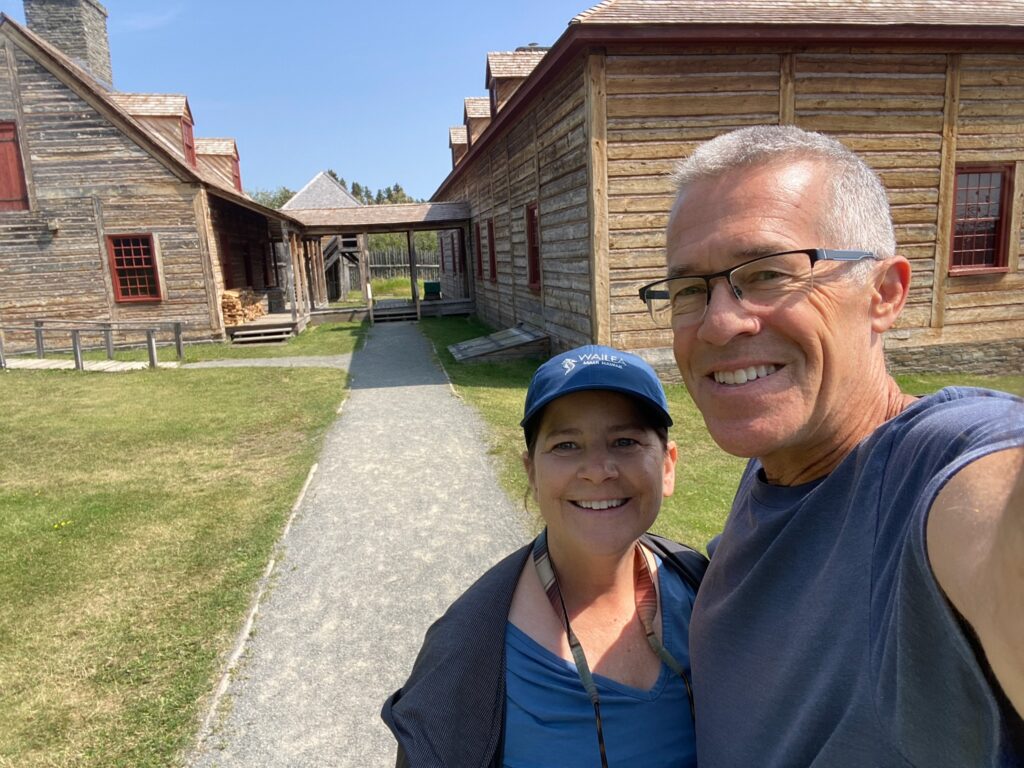
A visit to Grand Portage National Monument in Minnesota preserves this history, allowing visitors to step back in time and visit the trading post as well as learn about felt hat making and why hatters of the day often went “mad”.
Grand Portage is also the starting point for ferry trips to the Isle Royal National Park, accessible only by boat or seaplane. Sadly, we were unable to get reservations to see this park, even though we’d looked for them far in advance of our visit.
What we saw instead was Grand Portage National Park, home to Minnesota’s highest waterfall. High Falls is 120-feet tall and located on the Pigeon River. A short boardwalk walk is a must-do for waterfall chasers.
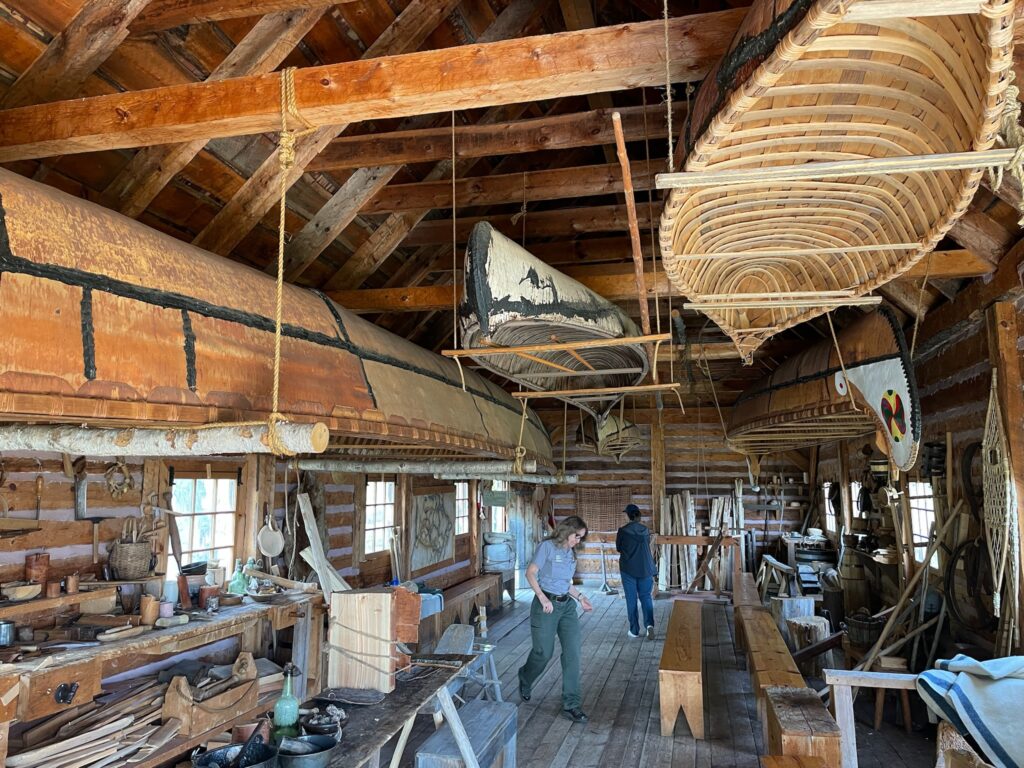
.







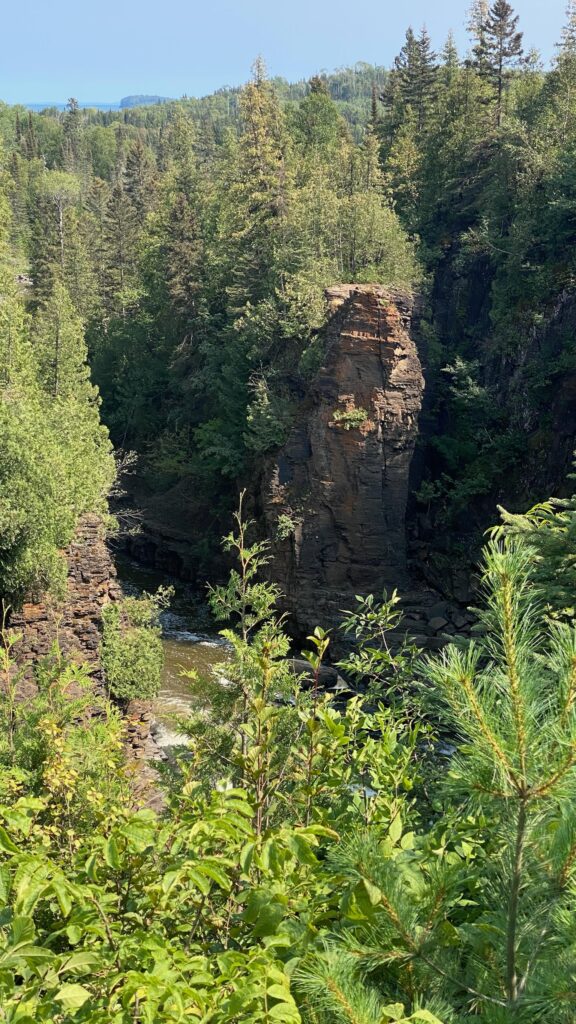
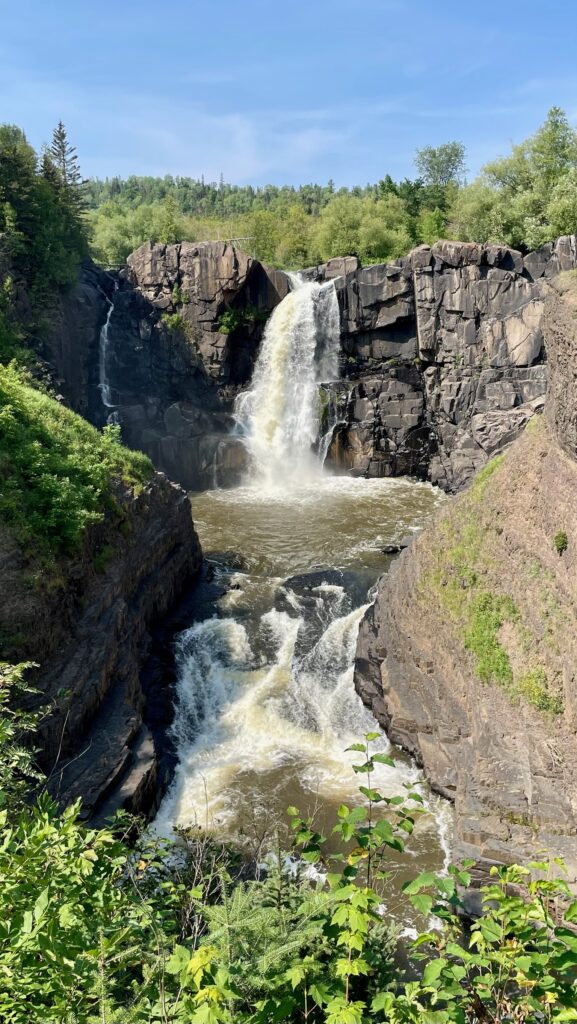
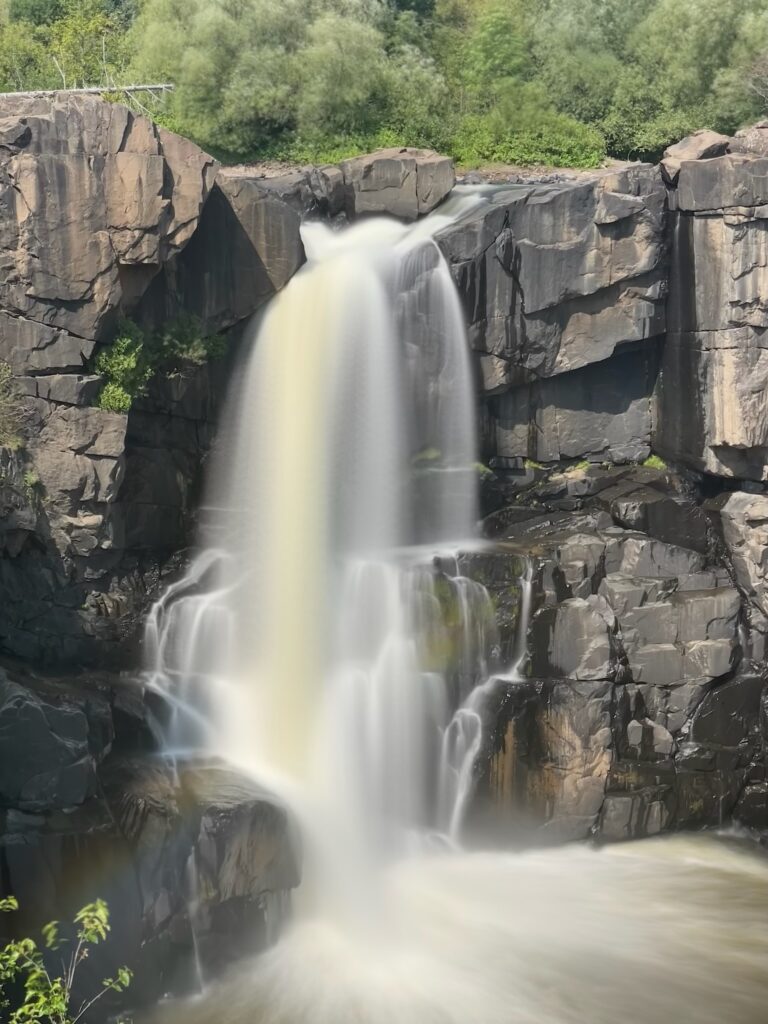
72% of the beaver trade happened at this location. It was only after the American Louisiana Purchase that North West Company moved its headquarters to Fort William in Canada in 1803 to avoid U.S. taxes on their operation. Thankfully, by the 1830s silk hats were found to be less expensive and just as stylish.
Fascinating history and made me appreciate all that these large rodents sacrificed for their country.

